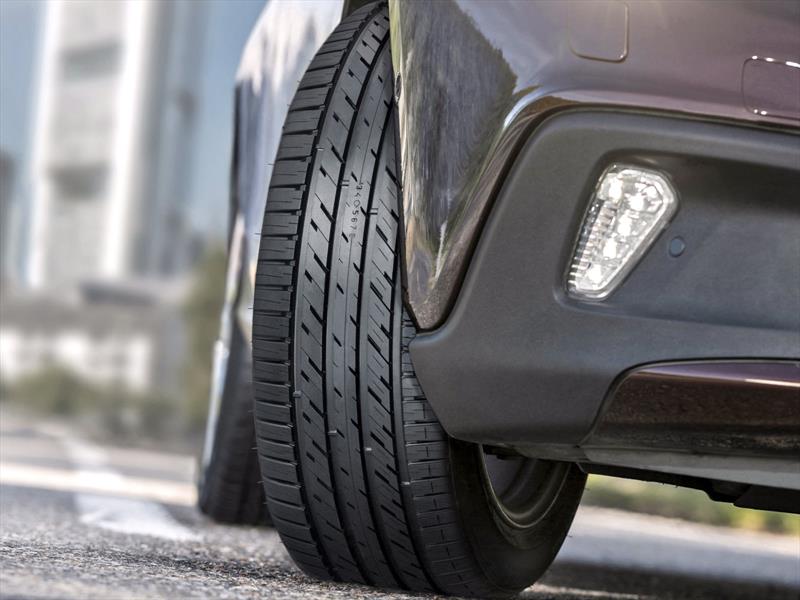Tires are a critical component of your vehicle that greatly affects its performance, safety, and comfort. One key aspect to consider when selecting tires is the tire profile or aspect ratio.
The tire profile refers to the ratio of the tire’s sidewall height to its width. In this blog post, we’ll delve into what a tire profile is, how it impacts your driving experience, and how to choose the right one for your vehicle.
What is a Tire Profile?
The tire profile is represented as a three-digit number on the sidewall of a tire. For instance, if the tire profile is listed as 205/55R16, the “55” represents the aspect ratio or the percentage of the tire’s sidewall height compared to its width. In this case, the sidewall height would be 55% of the tire’s width. A higher aspect ratio indicates a taller sidewall, while a lower ratio means a shorter sidewall.
Impact of Tire Profile on Performance:
The tire profile plays a crucial role in the performance of your vehicle. Here are some key factors to consider:
- Ride Comfort: Tires with a higher profile tend to have a more flexible sidewall, which can absorb bumps and provide a smoother ride.
- Handling and Stability: Tires with a lower profile typically offer improved handling and stability due to their shorter sidewall, which provides less sidewall flex.
- Traction: The tire profile can also affect traction. Tires with a higher profile may have a larger contact patch with the road, which can result in better traction, especially in wet or slippery conditions.
Choosing the Right Tire Profile:
Selecting the appropriate tire profile depends on various factors, including your driving habits, vehicle type, and local road conditions. Here are some tips to help you make an informed decision:
- Consider Your Vehicle Type: Different vehicles require different tire profiles. For example, sedans and minivans typically benefit from higher profile tires that offer a smoother ride, while sports cars or performance vehicles may require lower profile tires for improved handling and performance.
- Evaluate Your Driving Needs: Consider your driving habits, such as your typical driving conditions and the type of driving you do. If you mostly drive on rough or poorly maintained roads, higher profile tires may be a better choice for better comfort and durability.
- Seek Expert Advice: If you’re unsure about the right tire profile for your vehicle, it’s best to seek professional advice. Quick Stop Oil Changes (https://quickstopoilchanges.com) is a local resource that offers tire services and can provide expert guidance on choosing the right tire profile for your specific needs.
Choosing the right tire profile is crucial for optimal performance and safety of your vehicle. Considering factors such as ride comfort, handling, stability, and traction, as well as your vehicle type and driving habits, can help you make an informed decision. If you’re unsure, it’s always a good idea to consult with tire experts like Quick Stop Oil Changes (https://quickstopoilchanges.com), who can provide professional guidance and services. Don’t overlook the importance of selecting the right tire profile for your vehicle to ensure a smooth, safe, and enjoyable driving experience.

